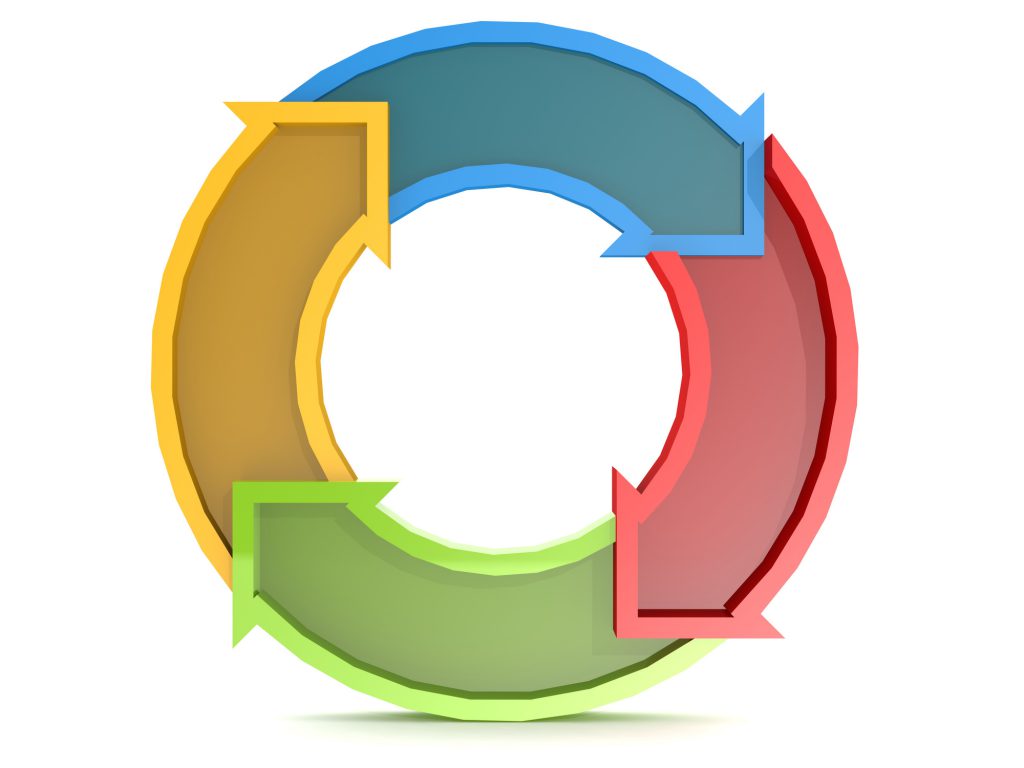Note: It was announced in November 2023 that MoneyOwl will be acquired by Temasek Trust to serve communities under a re-purposed model, and will move away from direct sale of financial products. The article is retained with original information relevant as at the date of the article only, and any mention of products or promotions is retained for reference purposes only.
______________
This will fundamentally change the way you look at insurance and why it is necessary at various life stages
We know insurance is necessary but can be costly. At MoneyOwl we help you to be even more prudent by identifying what you probably need at various life stages. These are the key and essential areas you should focus on first. If your budget allows, you can then consider other areas to enhance your insurance portfolio further.
*Long Term Care plans are typically available from age 40 onwards.
Age 0 – 20

Children
As a child, what he or she needs is a good Hospitalisation plan to take care of any unfortunate treatment costs in the hospital. If the child is a Singaporean or Permanent Resident, he/she will be automatically covered under MediShield Life from birth which provides basic hospitalisation coverage targeted at highly subsidised wards. MediShield Life will thus also cover the expenses arising from congenital and neonatal conditions.
Some parents may want to buy a policy that provides disability or critical illness benefits for their children to take advantage of the lower premiums when they are young or have the option to stop working to look after their children should illness strike, this is more of a good-to-have, rather than must-have
Age 20 – Retirement

Working Adults
As you enter the workforce and start to earn a paycheck, you need to protect your income earning capacity from unfortunate risks such as critical illness and disability by having a Critical Illness plan and Disability Income plan. This is the point in time when your human capital (i.e. lifetime economic value) is at its highest compared to your financial capital. Should anything happen to you, these types of insurance policies would be most effective in replacing your income so that life can resume its normalcy as much as possible.
A good Hospitalisation plan is compulsory to help pay for any unforeseen hospital bills.

Parents
As you enter the marriage and parenthood phase, you now have dependants and more financial responsibility. In addition to having a Critical Illness plan and Disability Income plan to protect against the loss of income, you will also need to get the insurance that provides Death Benefits. This will ensure that your loved ones will continue to be taken care of for their living expenses, repayment of loans, and/or provision for their future education needs.
A good Hospitalisation plan is compulsory to help pay for any unforeseen hospital bills. From age 30 onwards, you should also have a Long-Term Care plan to take care of caregiving costs should you be unable to live independently because of functional difficulties. Since October 2020, all Singaporeans and Permanent Residents will be auto-enrolled into CareShield Life, a national long-term care insurance when they turn 30 years old. CareShield Life pays a monthly benefit of about $600 per month in the event of severe disability.
Whilst there is no earned income to protect, you may still want to have a Critical Illness plan to provide for additional treatment costs such as alternative treatments or Traditional Chinese Medicine that your Hospitalisation plan would typically not cover.
Likewise, from age 30 onwards, you should also have a Long-Term Care plan to take care of caregiving costs should you be unable to live independently because of functional difficulties. Since October 2020, all Singaporeans and Permanent Residents will be auto-enrolled into CareShield Life, a national long-term care insurance when they turn 30 years old. CareShield Life pays a monthly benefit of about $600 per month in the event of severe disability.
As long as you are working, you would need to have a Critical Illness plan and Disability income plan to protect the loss of income. In fact, this could be even more important for you since you do not have a spouse to provide support for living expenses. Even if you do not have children to take care of, you may also have other dependants such as siblings or aged parents who depend financially on you. If so, you would also need insurance with Death Benefits.
A good Hospitalisation plan is compulsory to help pay for any unforeseen hospital bills. From age 30 onwards, you should also have a Long-Term Care plan to take care of caregiving costs should you be unable to live independently because of functional difficulties. Since October 2020, all Singaporeans and Permanent Residents will be auto-enrolled into CareShield Life, a national long-term care insurance when they turn 30 years old. CareShield Life pays a monthly benefit of about $600 per month in the event of severe disability.

Dual Income, No Kids (DINK)
DINK couples should have a Critical Illness plan and Disability income plan to protect the loss of income. Even if you do not have children to take care of, you may also have other dependants such as siblings or aged parents who depend financially on you. If so, you would also need insurance with Death Benefits.
A good Hospitalisation plan is compulsory to help pay for any unforeseen hospital bills. From age 30 onwards, you should also have a Long-Term Care plan to take care of caregiving costs should you be unable to live independently because of functional difficulties. Since October 2020, all Singaporeans and Permanent Residents will be auto-enrolled into CareShield Life, a national long-term care insurance when they turn 30 years old. CareShield Life pays a monthly benefit of about $600 per month in the event of severe disability.
As you enter the retirement phase, the two main insurances that you should keep with you are a suitable and affordable Hospitalisation plan to cover hospitalisation bills and a Long-Term Care plan to take care of the cost of caregiving should you be unable to live independently because of functional difficulties. Since October 2020, all Singaporeans and Permanent Residents will be auto-enrolled into CareShield Life, a national long-term care insurance when they turn 30 years old. CareShield Life pays a monthly benefit of about $600 per month in the event of severe disability. Older Singaporeans who are on the ElderShield scheme or have opted out of it will have the opportunity to join CareShield Life by end of 2021 as long as they are not currently severely disabled.
You may want to review all your other insurance policies to see if it still makes sense for you to pay premiums on them. At this point, your human capital (i.e. lifetime economic value would be the lowest) and your financial capital at your highest. As such, you can effectively self-insure yourself by tapping into your wealth instead. In addition, taking up a new insurance policy at this age is likely to be very expensive. The only reason you may want to keep a policy with Death Benefits is for the purpose of leaving a legacy for your loved ones. This is a good-to-have, rather than a must-have.
The third type of insurance you may also want to consider is an annuity. This type of insurance protects you against the risk of outliving your savings by providing you with a stream of monthly income for as long as you live. You may also want to consider other ways to build a stream of passive income to enjoy your golden years.




